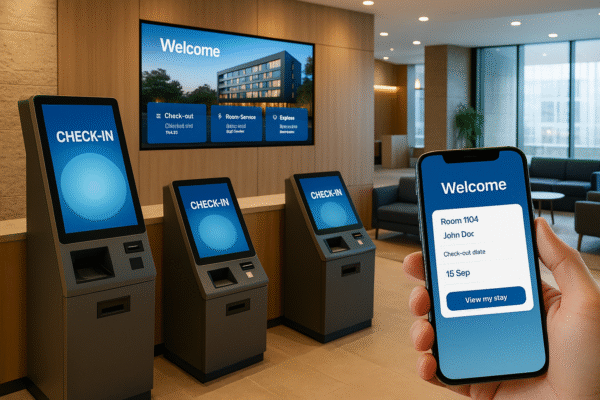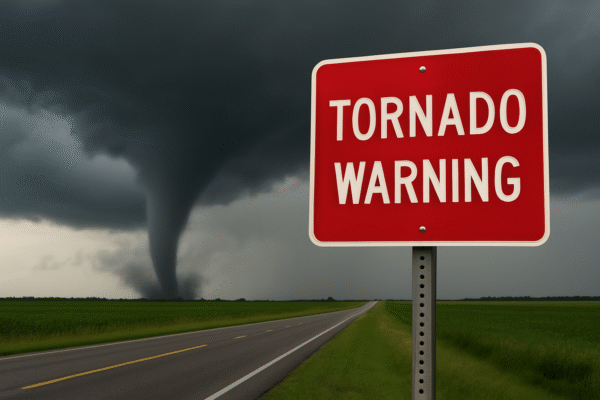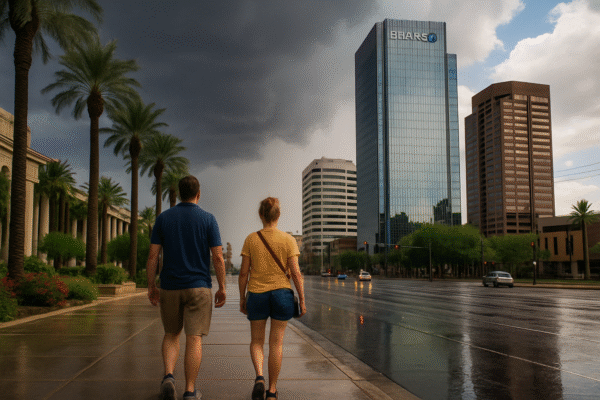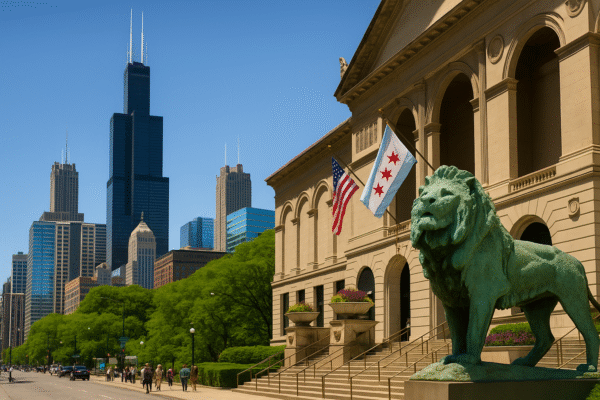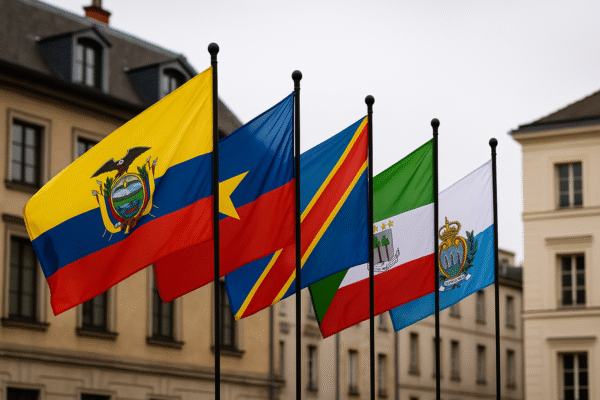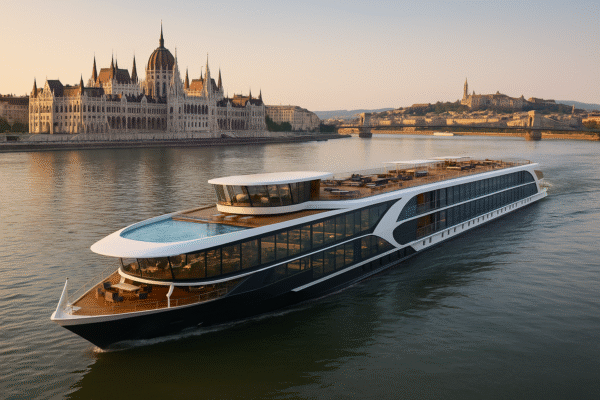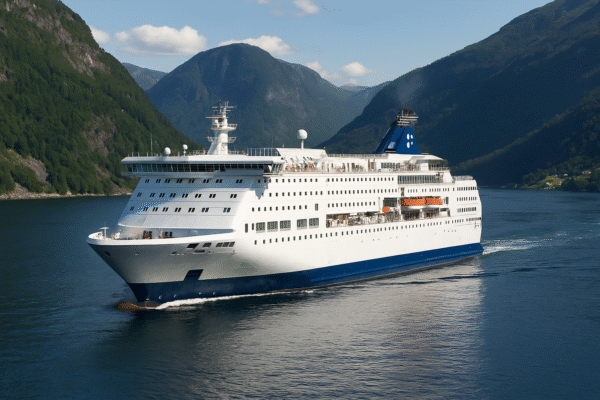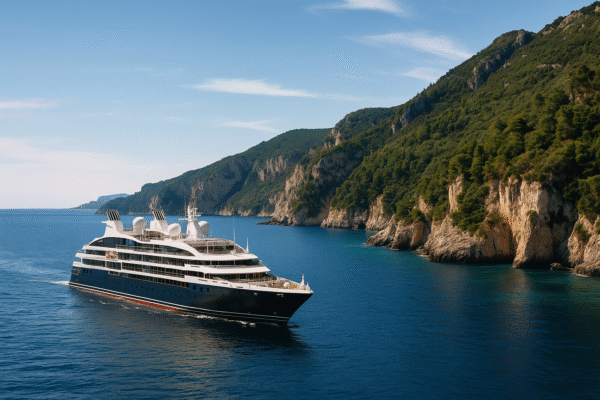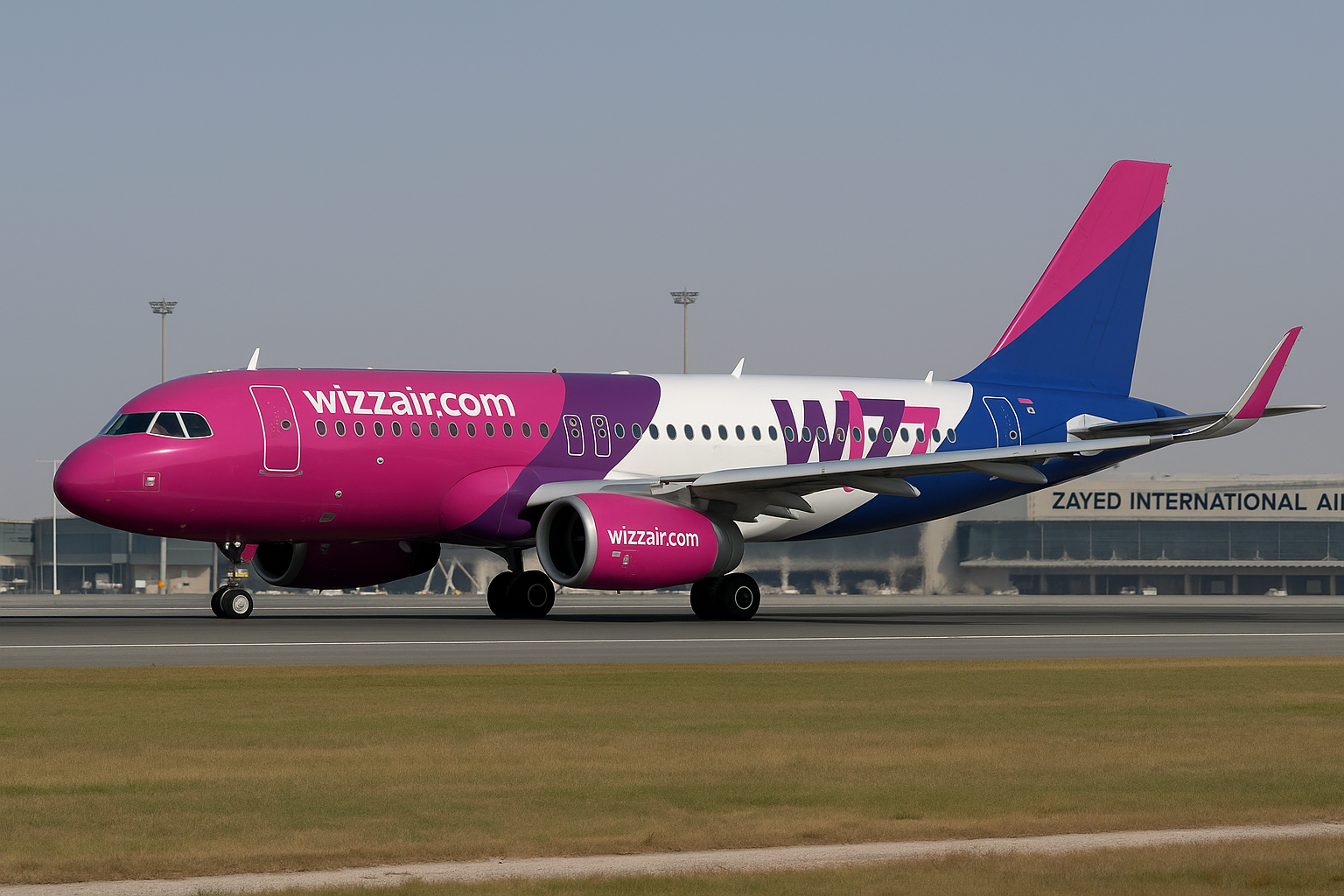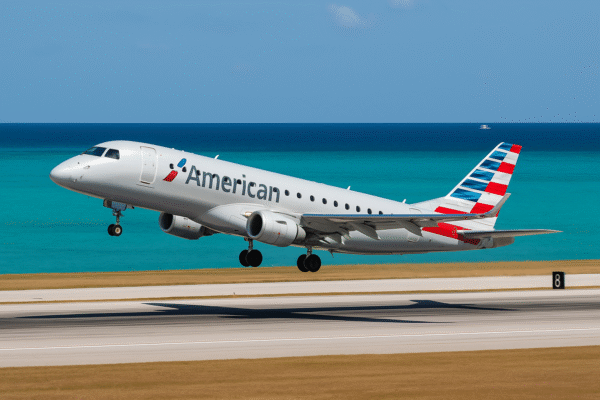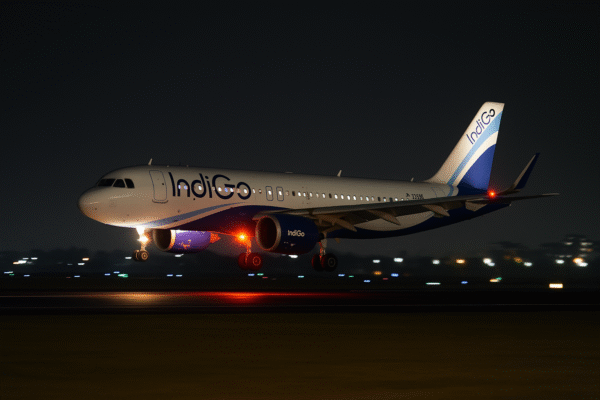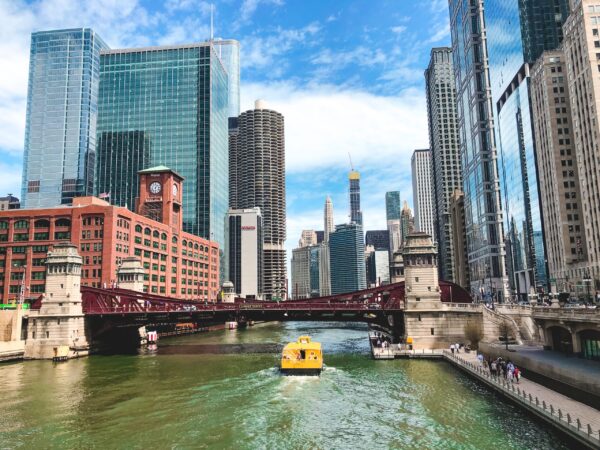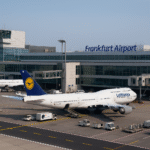Chicago, Illinois — As the global tourism landscape grows more competitive, Chicago is taking strategic action to remain a premier destination for international visitors and major conventions. City leaders have proposed a 1.5% hotel surcharge that would apply to properties with 100 or more rooms within designated areas. This move is intended to fund the formation of the Chicago Tourism Improvement District (CTID), enabling new investments in tourism marketing and event bidding efforts.
The surcharge, if implemented, would raise Chicago’s hotel tax rate to 18.89%, already among the highest in the United States. Still, tourism officials assert the increase is a necessary measure to revitalize the city’s international outreach, win high-profile global events, and bolster its economic recovery following the pandemic-era downturn.
Why the Hotel Surcharge is Crucial
Kristen Reynolds, President and CEO of Choose Chicago, emphasized the need for aggressive investment in international marketing and convention bids. “This surcharge is about securing Chicago’s rightful place on the global stage,” Reynolds said. “We’re not just competing with other American cities — we’re competing with the world.”
Chicago welcomed 55.3 million visitors in 2024, a 6.5% increase from the previous year. International visitation surpassed pre-pandemic levels for the first time, reaching over 2 million — a 10% year-on-year surge. Yet, despite these promising figures, Chicago continues to lag behind global competitors in terms of brand visibility and large-scale event hosting.
The lack of dedicated funding for overseas marketing efforts has hindered the city’s ability to attract business tourism, particularly after state budget cuts led to the closure of international tourism offices nearly a decade ago.
The Tourism Economy at Stake
Tourism is a vital engine of economic growth in Chicago. According to data from the Illinois Office of Tourism, the travel sector contributed over $16 billion to the state economy in 2023, supporting more than 280,000 jobs across hospitality, retail, transportation, and entertainment sectors.
Chicago’s renowned landmarks — including Millennium Park, Navy Pier, the Art Institute of Chicago, and the Magnificent Mile — draw millions annually. The city’s vibrant food scene and cultural festivals such as Taste of Chicago and the Chicago Blues Festival further enrich its appeal.
But competition is fierce. Cities like Las Vegas, Orlando, and New York allocate significant budgets to secure international conventions, concerts, and sporting events. Without equivalent resources, Chicago risks losing out on the visitor spending and media exposure these gatherings generate.
How the CTID Will Be Funded and Used
If approved, the proposed hotel surcharge will directly fund the Chicago Tourism Improvement District. Michael Jacobson, President of the Illinois Hotel & Lodging Association, stated the funds would be used to re-establish international tourism offices, expand digital marketing campaigns, and underwrite bid fees for high-profile events such as the Democratic National Convention and global expos.
“In today’s market, cities are not just selling a destination — they’re selling an experience,” Jacobson said. “This new funding mechanism gives us the resources to tell Chicago’s story to the world.”
For example, cities like San Francisco and Los Angeles have successfully used similar models to attract international conventions by offering bid subsidies and strategic marketing campaigns. By following suit, Chicago aims to solidify its brand as a world-class destination that balances urban sophistication with Midwestern warmth.
Balancing Tourism Growth with Cost Concerns
While the surcharge could elevate Chicago’s global appeal, concerns linger about pricing out potential travelers. A combined hotel tax rate near 19% pushes Chicago toward the threshold at which industry leaders worry travelers might choose more affordable alternatives.
However, Jacobson emphasized that as long as the tax rate remains under 20% and is coupled with improved visitor experiences, it should not significantly deter tourism. “We’re offering more value — better events, stronger service, and higher-quality infrastructure,” he said.
The proposal also allows the city’s hotels to invest in upgraded amenities, training, and technology that meet evolving traveler expectations — including sustainability, contactless service, and wellness-focused features.
Meeting Post-Pandemic Expectations
Chicago’s tourism industry, like much of the global sector, is navigating a post-COVID-19 reality where traveler behaviors have shifted. Travelers today are increasingly value-conscious, health-aware, and interested in authentic experiences.
The CTID’s goals align with these new expectations. By offering enhanced cultural programming, cleaner and safer accommodations, and better public engagement, Chicago can not only rebuild but lead the next wave of travel recovery.
Choose Chicago reports that demand for “bleisure” travel (blending business and leisure) has also grown, particularly among international travelers. By enhancing infrastructure and marketing Chicago as a convention destination with vibrant after-hours appeal, city leaders hope to cater to this rising demographic.
The Road Ahead: Approval and Execution
As the proposal works its way through city council approval and stakeholder negotiations, the consensus among hospitality leaders is clear: now is the time for bold action.
“We cannot afford to be passive,” Reynolds said. “Chicago has every asset — location, culture, architecture, cuisine, and global connectivity. What we’ve lacked is a consistent funding model to showcase these strengths.”
Should the CTID receive final approval, implementation could begin as early as late 2025, with visible impacts expected by the following year. These may include re-opened international offices, new digital campaigns in key overseas markets, and higher visibility in international travel trade shows and event circuits.
Conclusion
Chicago’s proposed 1.5% hotel tax increase is more than just a fiscal adjustment — it’s a strategic move to reclaim the city’s standing on the global tourism map. By investing in marketing, international outreach, and high-value events, the Windy City is gearing up to compete with the world’s top destinations. The challenge ahead lies in balancing affordability with investment — and ensuring that every added cost delivers measurable value to both travelers and the city’s economy.
For more travel news like this, keep reading Global Travel Wire



